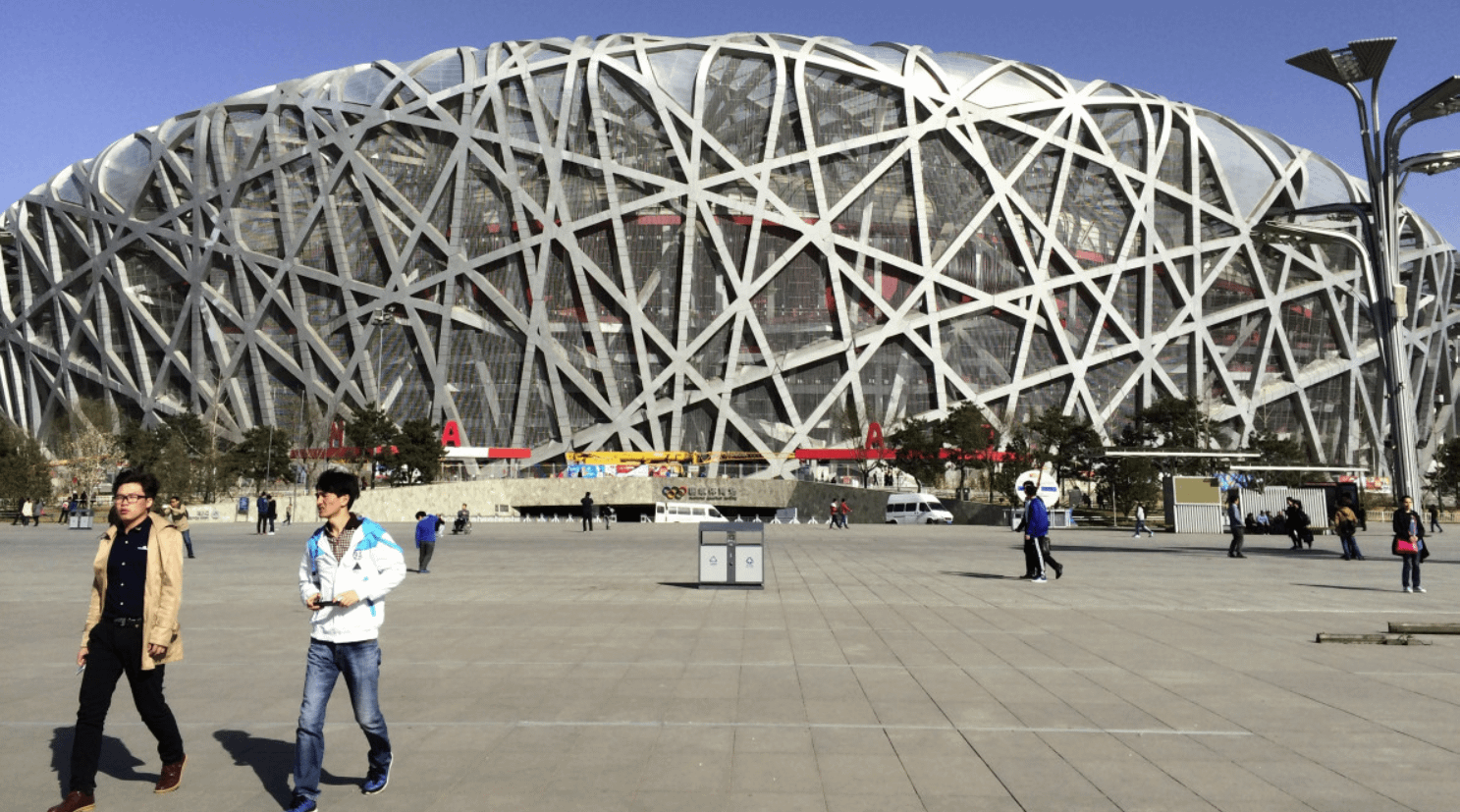Greece is a popular destination for travellers who want to enjoy the sun, sea and culture of this ancient country. But beyond the well-known attractions of Athens, Santorini and Mykonos, there are many hidden gems that offer a more authentic and adventurous experience. Here are 10 under-the-radar experiences to have in Greece, from exploring volcanic islands to hiking in mystical mountains.
Table of Contents
Visit under-the-radar Greek islands
Greece boasts a stunning archipelago of 6,000 islands nestled in the Aegean and Ionian seas, yet only 227 of those are inhabited and only a small handful of them are internationally known, despite Greece being a sought-after destination for decades. If you’re looking to escape the tourist crowds, consider exploring the lesser-known islands that locals flock to during the summer. Some of the hidden gems that may not be on the radar of most foreign visitors include Astypalaia, Donoussa and Nisyros, but there are many more.
Marvel at the monasteries of Meteora
Meteora is one of the most impressive sights in Greece, and a UNESCO World Heritage Site. It consists of a series of towering rock formations that rise above the plain of Thessaly, on top of which stand six centuries-old monasteries. The monasteries were built by monks who sought isolation and spiritual elevation, and they are accessible by stairs or cable cars. You can visit the monasteries and admire their architecture, frescoes and relics, as well as the stunning views of the surrounding landscape. You can also hike or bike along the trails that connect the rocks, or try rock climbing for a more adventurous experience.
Explore the ancient ruins of Delos
Delos is a small island near Mykonos that was once the religious and commercial centre of the ancient Greek world. According to mythology, it was the birthplace of Apollo and Artemis, the twin gods of light and music. Delos was also home to one of the largest sanctuaries in antiquity, where pilgrims from all over the Mediterranean came to worship and trade. Today, you can explore the archaeological site of Delos and see the remains of temples, statues, mosaics, theatres and houses. You can also visit the museum that displays some of the artefacts found on the island, such as jewellery, pottery and coins.
Visit the birthplace of the Olympic Games
Olympia is a town in the Peloponnese that was the site of the ancient Olympic Games, which were held every four years from 776 BC to 393 AD. The games were dedicated to Zeus, the king of the gods, and attracted athletes from all over Greece who competed in various sports such as running, wrestling, boxing and chariot racing. Olympia was also a major religious centre, where visitors could admire the temple of Zeus and its colossal statue, one of the Seven Wonders of the Ancient World. You can visit the archaeological site of Olympia and see the remains of the stadium, the gymnasium, the palaestra and other buildings. You can also visit the museum that displays some of the sculptures and artefacts found on the site, such as the Nike of Paionios and the Hermes of Praxiteles.
See the shipwreck on Navagio Beach
Navagio Beach, also known as Shipwreck Beach, is one of the most famous and photographed beaches in Greece. It is located on the island of Zakynthos, in the Ionian Sea, and it is accessible only by boat. The beach is named after the wreck of a smuggler’s ship that ran aground on the shore in 1980, and it is surrounded by towering cliffs that create a dramatic contrast with the turquoise water and the white sand. You can visit the beach and swim in the crystal-clear sea, or admire it from above from a viewing platform. You can also try base jumping from the cliffs, if you are feeling adventurous.
Discover the royal tombs of Vergina
Vergina is a town in northern Greece that was the ancient capital of the kingdom of Macedon, the homeland of Alexander the Great. It is also the site of one of the most important archaeological discoveries of the 20th century: the royal tombs of the Macedonian kings, which were found in 1977 by the Greek archaeologist Manolis Andronikos. The tombs are located inside a large earthen mound, called the Great Tumulus, and they contain rich burial offerings, such as gold, silver, bronze and ivory objects. The most famous tomb is that of Philip II, the father of Alexander, which is marked by a golden larnax (chest) with the star of Vergina, the symbol of the Macedonian dynasty. You can visit the tombs and see the artefacts in the museum that is built inside the tumulus.
Hike in the Zagorochoria villages
Zagorochoria is a cluster of 46 picturesque villages in the region of Epirus, in northwestern Greece. The villages are built on the slopes of the Pindus mountains, and they are connected by stone bridges and cobblestone paths. The villages have a distinctive architecture, with stone houses, slate roofs and colourful windows and doors. They are also surrounded by lush forests, rivers and gorges, creating a scenic natural setting. You can hike in the Zagorochoria villages and enjoy the fresh air, the tranquility and the hospitality of the locals. You can also visit some of the attractions in the area, such as the Vikos Gorge, one of the deepest in the world; the Voidomatis River, one of the cleanest in Europe; and the Monastery of Agia Paraskevi, which offers a panoramic view of the gorge.
Walk in the footsteps of King Minos at Knossos
Knossos is an archaeological site on the island of Crete that was once the palace of King Minos, according to Greek mythology. It was also the centre of the Minoan civilization, one of the oldest and most advanced in Europe. The palace was built around 2000 BC and it covered an area of 20,000 square meters. It had more than 1,000 rooms, decorated with colourful frescoes and intricate mosaics. It also had advanced features such as running water, drainage systems and ventilation shafts. The palace was connected to many legends, such as that of Theseus and the Minotaur, Daedalus and Icarus, and Ariadne and Dionysus. You can walk in the footsteps of King Minos at Knossos and see some of the restored parts of the palace, such as the throne room, the grand staircase and the bull-leaping fresco.




